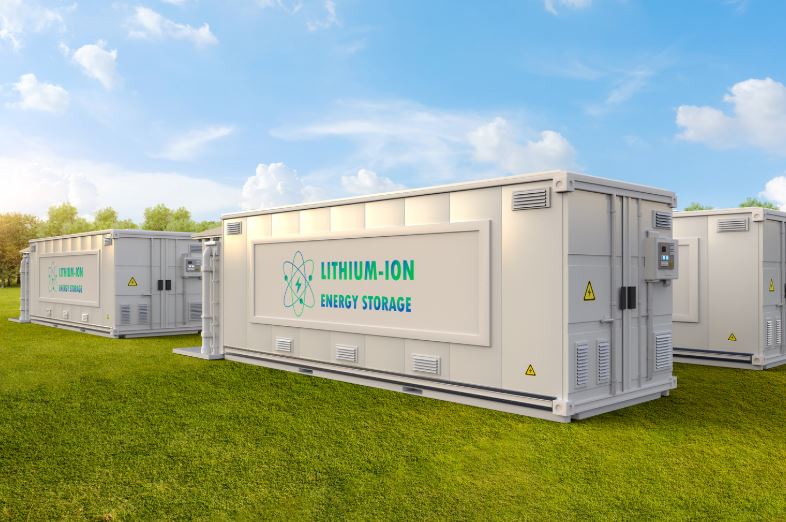Energy security is becoming a pivotal concern in the current global landscape, necessitating strategic advancements in storage solutions to enhance resilience and adaptability.
Electrochemical energy storage technologies, notably bolstered by the formidable increase in demand, are anticipated to spearhead global capacity through to 2030. By the end of this period, it is expected to achieve a groundbreaking capacity of approximately 1,200 GW. This surge underscores the technology’s capability to balance the variability of renewable energy sources, making it indispensable in the pursuit of a sustainable energy mix.
North America emerges as a leader in this transformative phase, claiming a substantial 40% of upcoming energy storage capacity. This regional dominance is mirrored by significant investments in electrochemical storage technologies, including lithium-ion batteries, known for their high energy density. In tandem, Europe and the Asia Pacific regions are expected to hold noteworthy portions of the capacity, each navigating their unique pathways towards expanded storage capabilities.
While its high energy density makes it the preferred choice for scaling up energy storage projects, its price volatility introduces a layer of complexity for developers. This duality necessitates a careful balance between leveraging lithium’s benefits and mitigating its market instabilities.
Stay updated on the latest in energy! Follow us on LinkedIn, Facebook, and X for real-time news and insights. Don’t miss out on exclusive interviews and webinars—subscribe to our YouTube channel today! Join our community and be part of the conversation shaping the future of energy.
